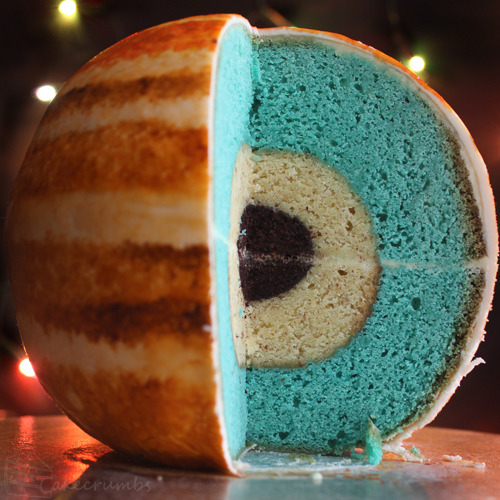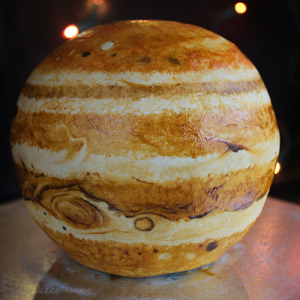Video
youtube
afrosandprose:
Tonight I debuted my documentary “Why Do All The Black Girls Sit Together?”
831 notes
·
View notes
Text
I want to be your lover is my favorite. Raspberry beret is a VERY close second.
Whats your favorite Prince song?
mine is Adore
3K notes
·
View notes
Photo





Prince performs Purple Rain in a rainstorm, 2007
R.I.P. 1958–2016
4K notes
·
View notes
Link
Apparently, white physicians believe that Black folks feel no pain — in a literal sense.
As Sandhya Somashekhar reported in the Washington Post, a University of Virginia study — published in the Proceedings of the National Academy of Sciences — points to unconscious racial bias on the part of physicians. These doctors may hold false and even outrageous beliefs concerning the biological differences between the races.

The subjects of the study included 222 white medical students and residents, and 92 random white laypeople with absolutely no medical training. Each group was provided with 11 false beliefs and four true statements about the differences in biological characteristics between Blacks and whites. Although many of the white laypeople believed many of the false statements, so too, did many of the white medical students and residents. Half of the students and residents believe at least one of the false statements was “possibly, probably, or definitely true.”
For example, 58 percent of people from the general population believed Black people have thicker skin than whites. However, 40 percent of first-year medical students agreed, as did 42 percent of second-year students, 22 percent of third-years, and 25 percent of residents. Similarly, 39 percent of laypeople thought that Black blood coagulates more quickly than the blood of white folk, along with 29 percent of first-year students, 17 percent of second-years, 3 percent of third-years, and 4 percent of residents.
When told that Blacks have less sensitive nerve endings than whites, 20 percent of laypeople agreed, as did 8 percent of first-year med students, 14 percent of second-years, no third-years and 4 percent of residents.
The correct statements provided to the participants included the idea that Black people are more likely to develop heart disease or have a stroke; that Blacks are less likely than whites to develop multiple sclerosis and other spinal cord diseases, and that African-Americans have denser and stronger bones than whites.
“The present work sheds light on a heretofore unexplored source of racial bias in pain assessment and treatment recommendations within a relevant population (i.e., medical students and residents), in a context where racial disparities are well documented (i.e., pain management),” wrote the authors of the report, including Kelly M. Hoffman of the Department of Psychology, University of Virginia, and her colleagues. “It demonstrates that beliefs about biological differences between blacks and whites — beliefs dating back to slavery — are associated with the perception that black people feel less pain than do white people and with inadequate treatment recommendations for black patients’ pain.”
“Participants who endorsed more false beliefs about biological differences between blacks and whites showed a racial bias in the accuracy of their treatment recommendations,” according to the report.
Hoffman told ABC News she was shocked at how many medical students believed the made-up medical facts.
“Initially we were a little bit surprised at the percent of endorsement among medical residents,” she said. “Things like black skin is thicker than white. … It’s just striking for some of the them.”
This most recent report builds on the work of prior research concerning the issue of racial bias in medicine.
A study released last year in JAMA Pediatrics found that Black and Latino children who are treated for acute appendicitis — which is a painful inflammation of the appendix — are less likely to receive painkillers than their white counterparts.
For moderate pain, Black children more likely received no medication whatsoever, while they were less likely to receive opioids for severe pain. Doctors were more apt to treat Black patients with nonopioid analgesia, such as ibuprofen and acetaminophen.
The authors of the study cited doctors’ racial bias against Black children, surmising that physicians may believe Blacks have a higher threshold for pain, or are more prone to drug addiction, or are less worthy than whites of receiving such treatment.
Racism, apparently, is more painful than you may have realized.
I’m tired
9K notes
·
View notes
Video
youtube
Fascinating look at what it means to be Black in Mexico.
I remember having a discussion with a dishwasher at one of my jobs about this. Pedro is Mexican and he identifies as a Mestizo, and his wife is White. I had read a book with the term Moreno in it, and I asked him what it meant. He said it means “dark-skinned.” So, I asked where the black people are in Mexico, and it was a long discussion that left me even more confused. Obviously this is because I’m from the US, where for years the world was made up of black people and white people, so blackness has always been front and center in my discussions.
(The video is in Spanish, but there are English subtitles.)
4 notes
·
View notes
Text
when theres a racist post/tweet and black tumblr/twitter about to go in on the op..
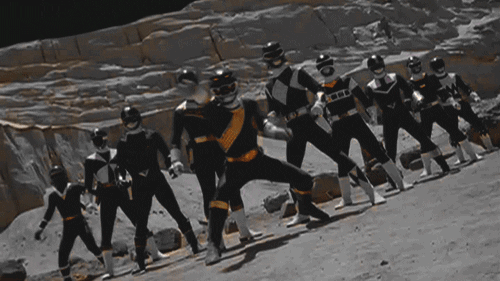
8K notes
·
View notes
Text
How to be successful
1. Snap ya fingaz
2. Do ya step
3. Do it all by yourself
35K notes
·
View notes
Audio
Strange Fruit - Nina Simone
Southern trees bear a strange fruit,
Blood on the leaves and blood at the root,
Black bodies swinging in the southern breeze,
Strange fruit hanging from the poplar trees.
Pastoral scene of the gallant south,
The bulging eyes and the twisted mouth,
Scent of magnolias, sweet and fresh,
Then the sudden smell of burning flesh.
Here is fruit for the crows to pluck,
For the rain to gather, for the wind to suck,
For the sun to rot, for the trees to drop,
Here is a strange and bitter crop.
-Billie Holiday’s version eventually sold more than a million copies.
-In 1999, Time magazine voted Strange Fruit the Song of the Century.
587 notes
·
View notes
Photo
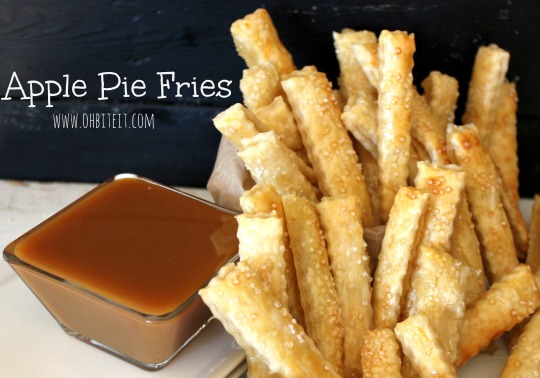
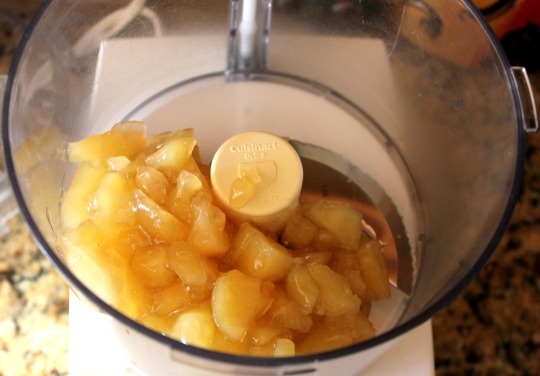


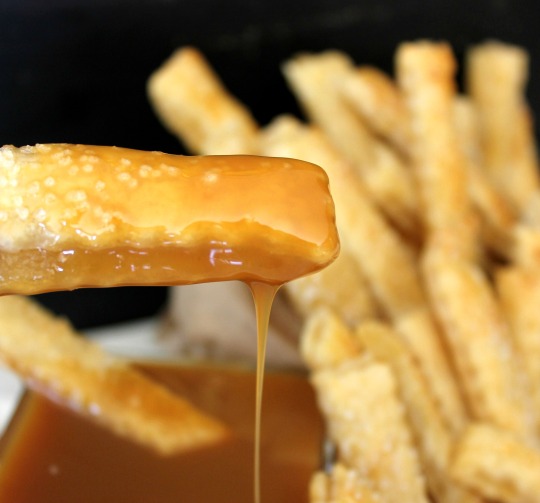
Apple Pie Fries Tutorial {click link for FULL recipe & tutorial}
183K notes
·
View notes
Photo

Introducing: Back to School with Bridget Week!
Wish you had more confidence in your knife work? Curious about the art of pastry? Eager to wean yourself off takeout? Whatever your motivation, follow along each day this week on the Feed for a new Bridget-approved lesson.
Day 1: So You Think You Know How to Chop An Onion? (Plus a recipe for Almost Hands-Free Risotto with Chicken and Herbs.)
107 notes
·
View notes





